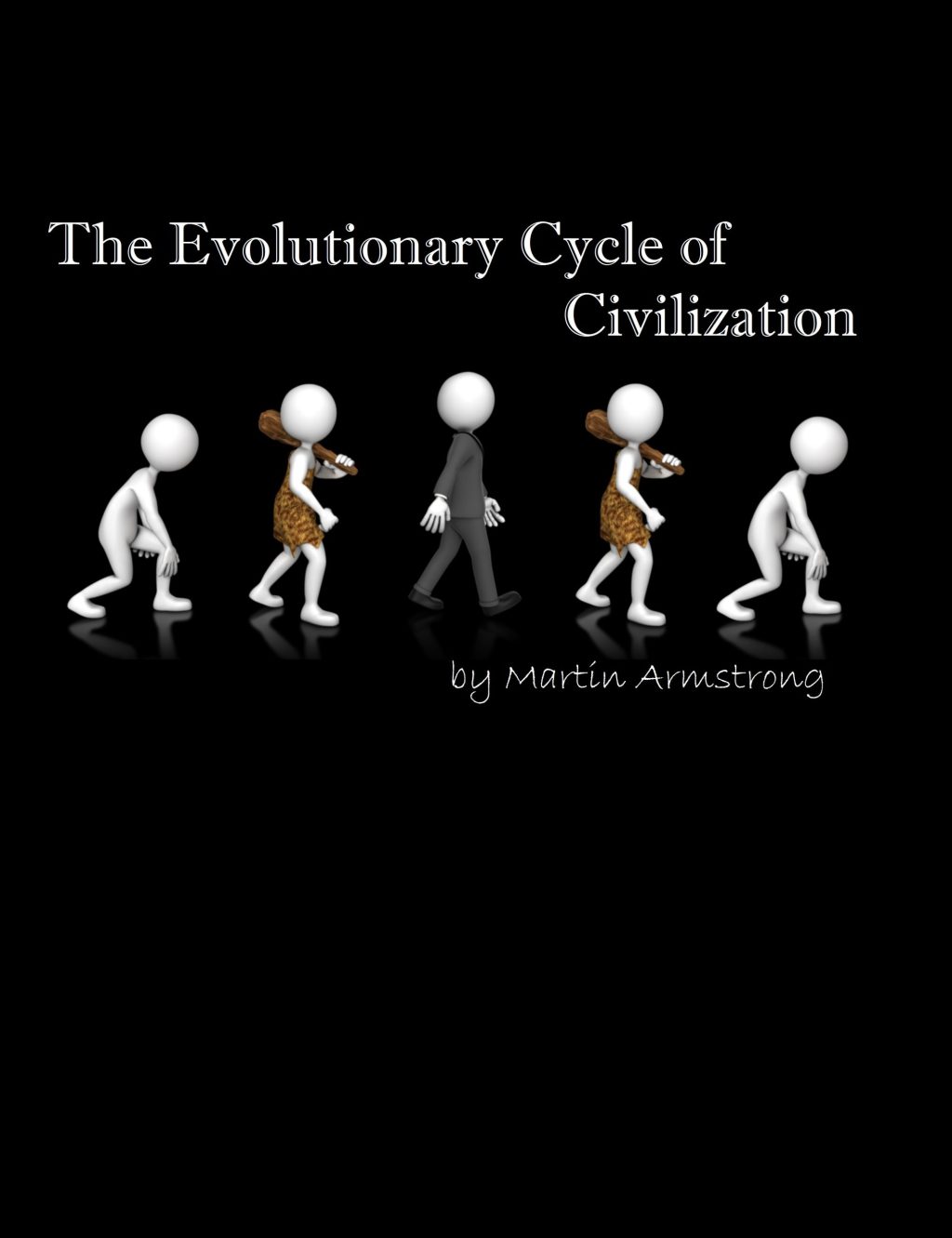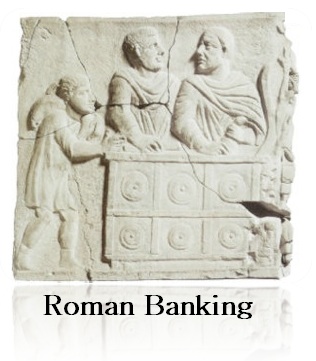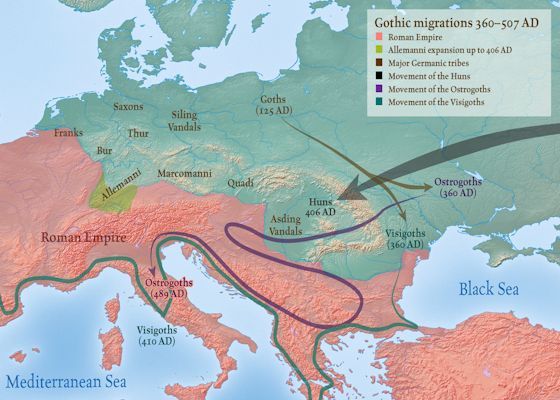One item in my art collection is a Leroy Neiman work of the Chicago Futures Exchange. That last vestige of the swashbuckling era of commodities floor trading is closing down. While the decision is clearly a corporate bean-counter at the CME Group Inc. who has no idea about the art of trading, we are losing something so vital to our financial culture that we may be seriously altering the future forever. To be a really good trader, it required a “feel” of the markets, which something that is just not describable and even harder to capture in programming. Losing the floor will forever alter the course of trading.
The CME is the world’s largest futures-market operator. It has announced that it is closing most of its futures trading pits in Chicago and New York as electronic trading has become the overwhelmingly dominant way futures contracts are bought and sold. The move is scheduled to take place by July 2nd, and this will forever end a near 150 years of trading tradition.
It was the live exchange that enabled the development of the economy from ancient days when the Romans developed active places for trading corporate shares in the Temple. The Via Sacra was the ancient Wall Street of Rome. Thomas Gresham learned economics at the Amsterdam exchange representing England in the buying and selling of its debt. It was John Law who learned economics and developed the laws of supply and demand while trading on the exchange. The developments from live trading are numerous for what emerges from the interactivity is a interesting synergy that is greater than the sum of the parts. This would be like taking a trading room and dividing it into private offices eliminating the intercommunication and feedback loop,
 Believe it of not, I was probably the last guy to have an old paper tape. I kept on my desk even when I had a screen. Why? The paper tape reflected the real market. It would sound like a machine-gun when the market was active and quiet as a mouse on other days. You never missed a beat for the tape showed the price and size of the trades. In commodities, there were EFPs (Exchange for Physicals) in the morning showing the overnight activity. There was a ton of info on the paper tape that is lost on a screen.
Believe it of not, I was probably the last guy to have an old paper tape. I kept on my desk even when I had a screen. Why? The paper tape reflected the real market. It would sound like a machine-gun when the market was active and quiet as a mouse on other days. You never missed a beat for the tape showed the price and size of the trades. In commodities, there were EFPs (Exchange for Physicals) in the morning showing the overnight activity. There was a ton of info on the paper tape that is lost on a screen.
Additionally besides that information absent on screens, it was the sound that helped to hone my trading skills. I could “feel” blood on the floor during a panic day from the tape. There was a sixth-sense one got that cannot be achieved from screen trading. This is really the end of an era. A very sad day for that magic synergy will be lost and in the process, we will lose that crucible that forged some of the greatest traders in history from Jesse Livermore on down.
 The first paper ticker tape appeared in 1867. It was actually the brainchild of Edward Calahan, who configured a telegraph machine to print stock quotes on streams of paper tape (the same paper tape later used in ticker-tape parades). The ticker, which caught on quickly with investors, got its name from the sound its type wheel made.
The first paper ticker tape appeared in 1867. It was actually the brainchild of Edward Calahan, who configured a telegraph machine to print stock quotes on streams of paper tape (the same paper tape later used in ticker-tape parades). The ticker, which caught on quickly with investors, got its name from the sound its type wheel made.
Calahan worked for the Gold & Stock Telegraph Company, which rented its tickers to brokerage houses and regional exchanges for a fee and then transmitted the latest gold and stock prices to all its machines at the same time. In 1869, Thomas Edison, a former telegraph operator, patented an improved it making an easier-to-use version of Calahan’s ticker. Edison’s ticker was his first lucrative invention and, through the manufacture and sale of stock tickers and other telegraphic devices, he made enough money to open his own lab in Menlo Park, New Jersey. It was at that lab where he developed the light bulb and phonograph, among other important inventions. Edison had great imagination and that is what it took to revolutionize the world.
So it is interesting that BUT FOR THE STOCK MARKET, you might still be using oil lamps like the Romans. Historically, it takes capital to create something new. That is why communism fails. Capital must concentrate in the hands of an individual who will follow his vision. Otherwise, he must convince unbelieving people to invest. Socialists just get jealous of someone else’s accomplishments and really want to punish those who further society robbing them of the fruits of their own labor.
Capital concentration is the key to progress. That is why Christopher Columbus, an Italian from Genoa, could not sell his idea in Italy and had to pitch the Spanish crown. They believed in him for Spain was accustomed to higher learning thanks to its Arab population. After all. Columbus was pitching the idea in 1490 that the world was round, which came from calculations that migrated to the West after the fall of the Byzantine Empire in 1453. Creative Destruction?
The concentration of people coming together to trade produces a magical Petri-dish from which many advancements in economics have emerged. Before income taxes really applied to everyone, full service at a gasoline station was standard. With each step forward we lose a bit of the past. Today, you are taxed on everything several times and you have to pump your own gas in the cold and rain (except in New Jersey). With the closing of floor trading, market-making will decline and volatility will rise. Yes they will save money per trade, but in the end, pumping your gas in the rain will not reduce the price of what we pay – just the quality. Goodbye to long tradition which the consequences are yet to be discovered.














